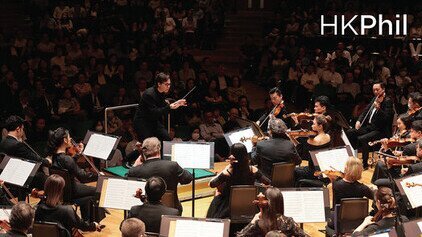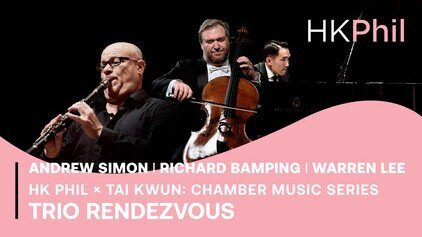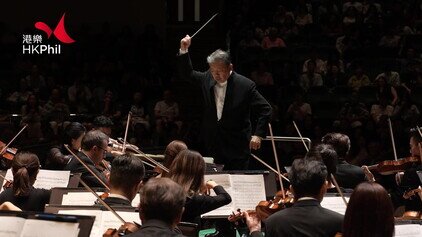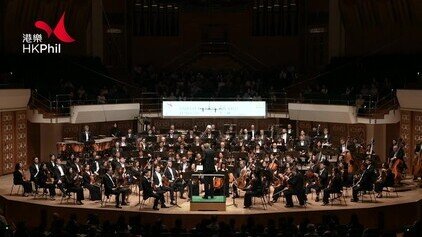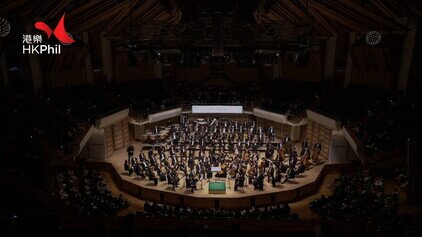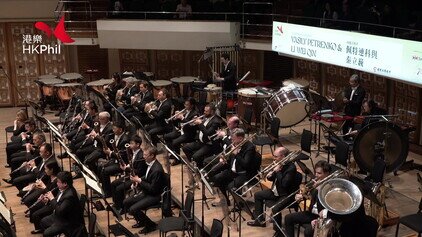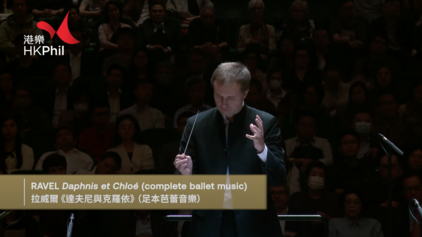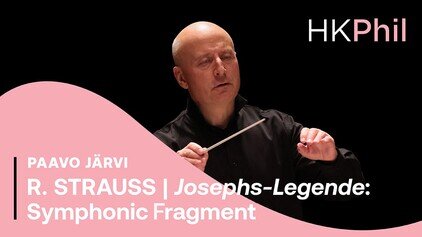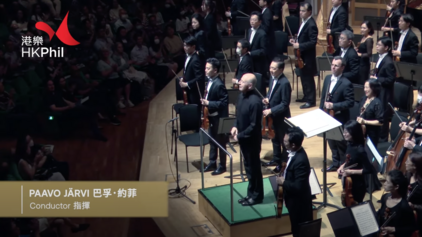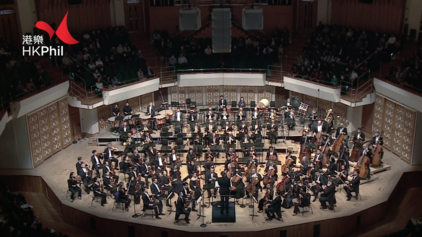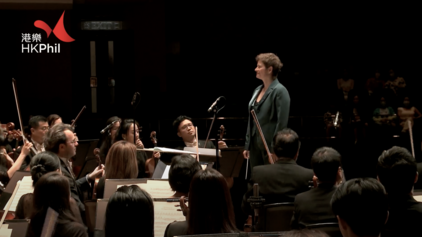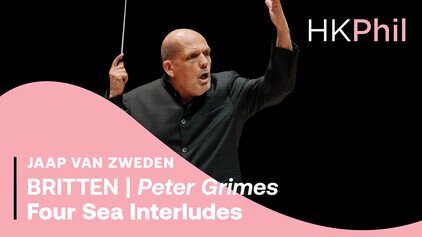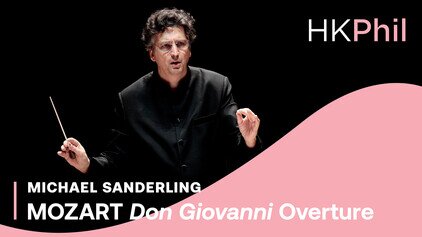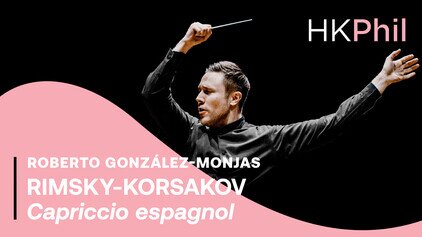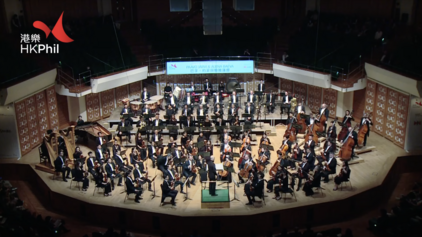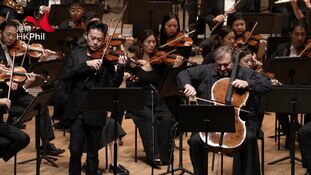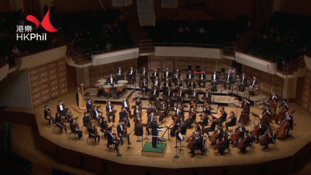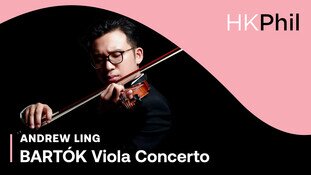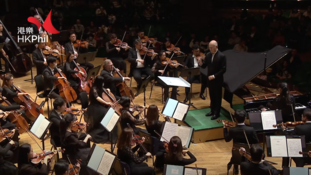RACHMANINOV | Piano Concerto no. 2
Up Next
PROGRAMME
SERGEI RACHMANINOV (1873-1943)
Piano Concerto no. 2 in C minor, op. 18
- Moderato
- Adagio sostenuto
- Allegro scherzando
THE COMPOSER
Sergei Rachmaninov’s mother actively supported his musical ambitions and gave him his first piano lessons. She was a former student of the St Petersburg Conservatory, and within six years, the young Rachmaninov had progressed well enough to enrol at the Conservatory himself. But what was to be a deeply troubled musical career received its first set-back within three years when his father had to sell the family estates in order to pay off debts. Not long after this, his sister died of diphtheria, and his parents separated. Rachmaninov’s studies suffered and he was obliged to leave the Conservatory. Luckily his cousin, Alexander Ziloti, a well-known concert pianist and conductor, was able to secure a place for him in Moscow with the noted teacher and pianist, Nikolai Zverev, and in the strict regime which Zverev imposed on all his students, Rachmaninov flourished as a pianist. However Zverev was less sympathetic towards Rachmaninov’s desire to compose and, in 1889 after having spent four years living in Zverev’s house, Rachmaninov had to leave claiming that the environment was not conducive to composing. He entered the Moscow Conservatory from where, at the age of 19, he graduated from both the piano and composition classes, receiving the Great Gold Medal, only the third time in the Conservatory’s 25-year history that it had been awarded.
THE BACKGROUND
His graduation works had been an opera, Aleko, and a piano concerto, and keen to build on this early success and seal his place as a major Russian composer, Rachmaninov set out to compose a symphony. But its premiere under Glazunov in St Petersburg in March 1897, was an unmitigated disaster, and its failure, after so much early success, had a devastating effect on Rachmaninov. It was two years before he felt strong enough to start work on a second piano concerto, which he himself premiered in Moscow on 9 November 1901. The performance was a huge triumph and secured Rachmaninov’s place as one of the greatest Russian composers of the 20th century.
THE MUSIC
The first movement opens with the piano intoning eight chords, like the mournful tolling of a bell, after which the orchestra launches into a surging, passionate theme supported by rippling piano chords. The second movement, beginning with a solemn chorale-like passage from the orchestra, contains, in the words of one commentator, “some of the most beautiful concerted instrumental writing of the 20th century”, including the famous – and much-parodied – melody first heard from flute and clarinet above a gently rippling piano accompaniment. The energetic orchestral opening of the third movement leads into a passage of great vitality from the soloist, and much of the movement is imbued with this sense of vigour and energy. However, it is suddenly interrupted when the piano introduces probably the concerto’s most famous theme, a gentle, lyrical tune first played by the violins, which, transformed into something decidedly majestic, produces the concerto’s great climax and brings the work to a truly triumphant conclusion.
Programme notes by Dr Marc Rochester
Artist
SUPPORT THE HK PHIL'S ONLINE PROGRAMMES
The Ambassador Fund allows the orchestra to produce various online programmes, keeping our connection with the communities. The HK Phil has released over 80 online programmes and garnered over 1.5 million views since the pandemic. Your donation supports production costs incurred and helps us share music!
All Performances
Other videos in this series








